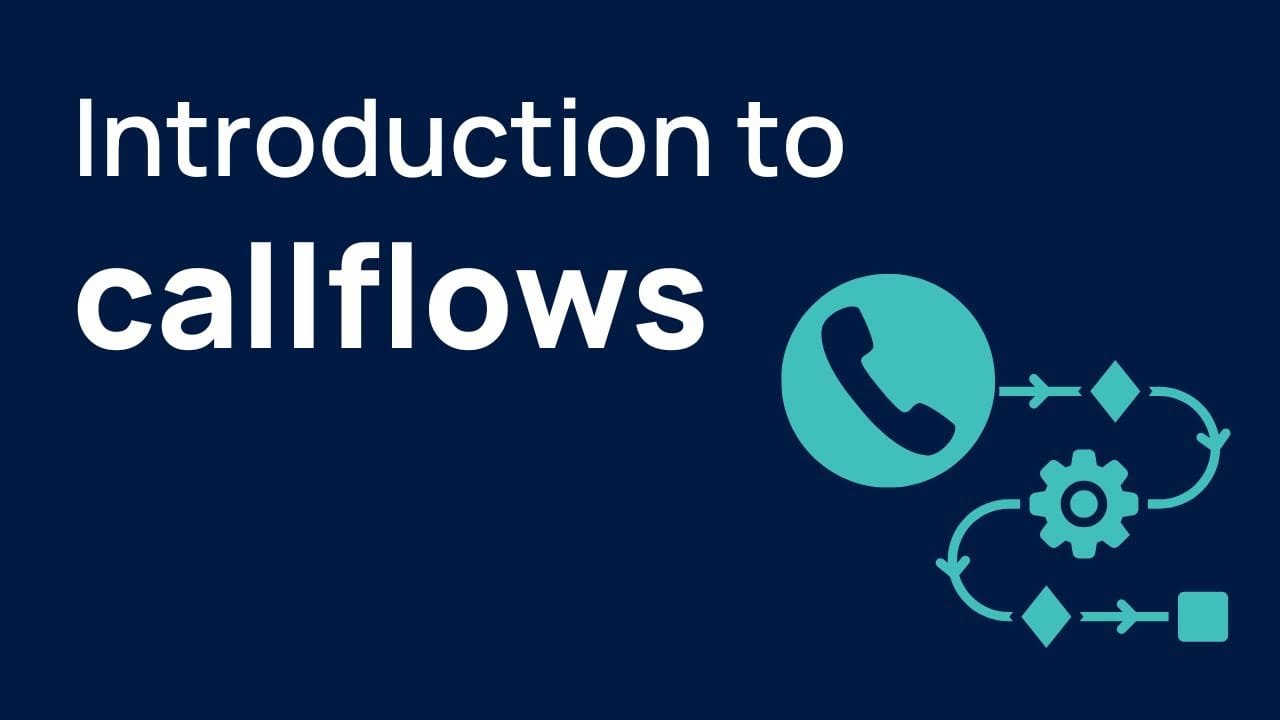What is Call Flow?
Call flow refers to the systematic progression of steps involved during a telephone conversation, whether it be between a caller and an automated system or a live agent. Understanding call flow is essential in various contexts, notably in customer service and telecommunications, as it provides a framework that governs how interactions unfold. Essentially, a call flow is composed of several key components: inputs, outputs, and various structural elements that guide the conversation.
The initial stage of a call flow typically starts with the input, which can be an action taken by the caller, such as initiating a call or responding to a prompt from an automated system. This input triggers a series of actions as the call flow progresses, navigating through different options and decisions. For example, in a customer service scenario, a caller may be prompted to select a particular option from a menu, which directs them to a relevant department or service. This method ensures that the caller’s needs are efficiently addressed while reducing wait times.
Outputs, on the other hand, represent the responses given to the caller, which can be delivered by either the automated system or live personnel. These responses are tailored based on the preceding inputs and help to enhance the overall user experience. Furthermore, the structure of a call flow can vary significantly depending on the complexity of the interaction; simple inquiries may follow a straight path, while complex requests could involve multiple branches and decision points. As such, well-designed call flows are paramount for effective communication, ensuring that all interactions are coherent and user-centered.
Example of Call Flow
To understand call flow more clearly, let us examine a typical inbound customer service call scenario. The call flow begins when a customer dials the support number, initiating the process. Upon answering, the automated voice provides a warm greeting, reassuring the customer of assistance. This initial message is often designed to create a comforting experience and guide the customer through the next steps.
The customer is then presented with a menu, featuring several options such as “Press 1 for billing inquiries,” “Press 2 for technical support,” or “Press 3 for account information.” Each option is an integral part of the call flow, as it directs the caller to the appropriate department based on their specific needs. Utilizing a well-structured menu not only enhances efficiency but also reduces wait times for callers. After making a selection, the call flow continues to direct the call toward the right agent or department.
Once the customer selects an option, they may experience a brief hold or receive additional information about the services relevant to their choice. If their query is straightforward, the agent may be able to resolve the issue immediately. However, for more complex problems, the call flow may involve transferring the caller to a specialized team. This step typically includes notifying the customer about the transfer process, thereby maintaining transparency and reducing potential frustration.
Throughout the call, it’s essential for agents to maintain a supportive tone and display active listening skills to ensure customer satisfaction. A visual representation of this call flow, perhaps in the form of a flowchart, can greatly assist in illustrating the various paths that a call can take while highlighting the common outcomes. Through this example, one can grasp the significance of an effective call flow in enhancing customer experiences and operational efficiency.
Importance of Call Flow
Call flow represents a critical component in both customer service and telecommunications, emphasizing the necessity for structured communication within various organizational contexts. An effective call flow enhances customer experience significantly, as it provides a seamless path for inquiries and interactions, minimizing frustrations often associated with long wait times or ineffective information routing. By adopting a well-defined call flow, businesses can ensure that each customer is directed to the appropriate department or representative, which amplifies efficiency and satisfaction rates.
Moreover, call flow plays an essential role in streamlining processes. By creating standardized procedures for handling calls, organizations can reduce time spent on each interaction and improve overall service delivery. For example, implementing automated systems that guide customers through common queries can alleviate the burden on human agents, allowing them to focus on more complex cases. This layered approach facilitates better resource allocation and ensures that all customers receive timely assistance.
Another crucial aspect of call flows is their contribution to effective communication. They help to clarify roles and responsibilities among staff, thereby fostering a collaborative environment where employees are well-prepared to address customer needs. Additionally, well-defined call flows serve as a training tool for new staff, enabling them to understand the optimal handling of calls right from the start. This consistency is vital as it promotes uniformity in service delivery, subsequently aiding in achieving essential business metrics such as customer satisfaction and retention rates.
Ultimately, investing in an efficient call flow system not only enhances customer experiences but also contributes to overall operational efficiency. It ensures that organizations remain competitive in a landscape where communication effectiveness can significantly influence business success.
Optimizing Call Flow for Better Outcomes
Optimizing call flow is crucial for enhancing operational efficiency and improving customer satisfaction. One effective strategy involves regularly reviewing and updating call flow diagrams based on performance metrics. By analyzing data such as call resolution rates and average handling time, businesses can identify bottlenecks or inefficiencies in their current processes. This proactive approach allows organizations to refine their call flow, ensuring it meets evolving customer expectations.
Incorporating customer feedback plays a pivotal role in the optimization process. Businesses should actively solicit opinions from clients regarding their experiences. Implementing surveys or feedback forms post-interaction can provide invaluable insights into the customers’ perspectives. Utilizing this feedback to implement modifications in the call flow can lead to improvements in overall service quality and customer retention. Regular adaptation based on user input fosters an environment where the call flow is aligned with customer needs.
Leveraging technology, such as Interactive Voice Response (IVR) systems, is another technique for enhancing call flow. IVR systems can streamline the initial stages of customer interaction, directing calls to the appropriate departments efficiently. By automating responses to frequently asked questions, businesses reduce the workload on customer service representatives, allowing them to focus on more complex issues. This not only enhances user satisfaction by minimizing wait times but also optimizes the utilization of workforce resources.
A flexible approach is essential for adapting call flow to changing customer needs. As market trends evolve and new technologies emerge, businesses must remain vigilant and ready to adjust their processes accordingly. Cultivating a culture that embraces change and innovation ensures that call flow remains relevant and continues to deliver optimal outcomes for both the organization and the customers. By combining the insights gained through performance metrics, customer feedback, and technology, companies can significantly enhance the effectiveness of their call flow strategies.





